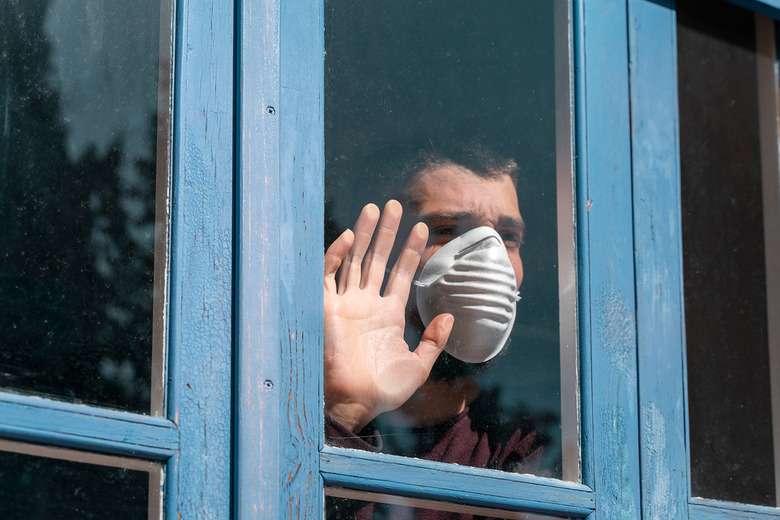Fever From Coronavirus Infection Can Last For Well Over A Week
- Fever following a viral infection can last for several days, and novel coronavirus infections are no exception.
- A small study from China says the fever lasts an average of eight to 11 days.
- CDC guidelines say it's safe to leave isolation if you're treating COVID-19 at home after 72 hours of regular temperature readings without the use of a fever reducer.
- Visit BGR's homepage for more stories.
Many coronavirus patients are asymptomatic. That means they can still spread the disease to others even if they're not showing any of the COVID-19 symptoms. Fever, cough, and fatigue are all symptoms that could point to an infection with the novel coronavirus, but they can also be indicative of a different viral infection.
Only a COVID-19 test will tell you whether you have the disease or whether it's just the flu. But once your COVID-19 diagnosis has been confirmed, you can expect several days of fever after the onset of symptoms.
A limited study from China says that fever can persist in COVID-19 patients for an average of eight to 11 days, One Medical regional medical director Natasha Bhuyan told PopSugar. What that means is that even if you're treating your symptoms at home with Advil or Tylenol, the fever isn't likely to go away for several days.
Fever isn't a bad sign, as it's proof the immune system is working against the new virus. But you'll still have to keep your temperature in check, and you should definitely stay in contact with your doctor, even if your COVID-19 diagnosis doesn't require hospitalization. As fever continues, other symptoms may worsen, and it's critical to contact your physician if you're experiencing trouble breathing.
As you heal from COVID-19 (or a variety of other diseases), your fever will gradually go away. Your temperature levels can also be used to determine whether you've recovered from an infection. In the case of COVID-19, it's an important detail to decide whether you should continue your quarantine or if you can step outside.
The CDC says that your temperature should stay normal for 72 hours without the help of drugs before you leave isolation. Experiencing any sort of fever during that interval means you'll have to reset the clock.
Monitoring your temperature is a good practice, especially if you have to go out for shopping runs or work. Some employers will likely perform routine temperature checks to catch potential COVID-19 patients early as the economy reopens. There's an iPhone shortcut that allows you to quickly register temperature readings, and it may be a good idea to keep track of your temperature even if you're not showing any symptoms of COVID-19. That way, if you do develop a fever, you'll be able to compare the readings to your regular temperature.
